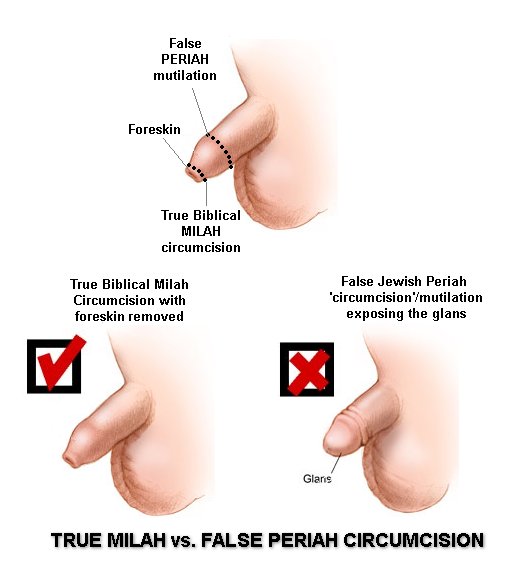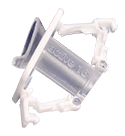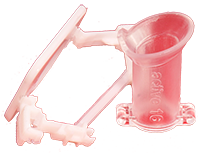About cIrcumcIsIon
Male circumcision (from Latin circumcidere, meaning "to cut around")is the surgical removal of the foreskin (prepuce) from the human penis.In a typical procedure, the foreskin is opened and then separated from the glans after inspection. The circumcision device (if used) is placed, and then the foreskin is removed. Topical or locally injected anesthesia may be used to reduce pain and physiologic stress.For adults, general anesthesia is an option, and the procedure is often performed without a specialized circumcision device. The procedure is most often elected for religious reasons or personal preferences,but may be indicated for both therapeutic and prophylactic reasons. It is a treatment option for pathological phimosis, refractory balanoposthitis and chronic urinary tract infections (UTIs);it is contraindicated in cases of certain genital structure abnormalities or poor general health.
The circumcision device (if used) is placed, and then the foreskin is removed. Topical or locally injected anesthesia may be used to reduce pain and physiologic stress.For adults, general anesthesia is an option, and the procedure is often performed without a specialized circumcision device. The procedure is most often elected for religious reasons or personal preferences,but may be indicated for both therapeutic and prophylactic reasons. It is a treatment option for pathological phimosis, refractory balanoposthitis and chronic urinary tract infections (UTIs);it is contraindicated in cases of certain genital structure abnormalities or poor general health.
The positions of the world's major medical organizations range from considering neonatal circumcision as having a modest health benefit that outweighs small risks to viewing it as having no benefit and significant risks. No major medical organization recommends either universal circumcision for all infant males (aside from the recommendations of the World Health Organization for parts of Africa), or banning the procedure.Ethical and legal questions regarding informed consent and autonomy have been raised over non-therapeutic neonatal circumcision.



